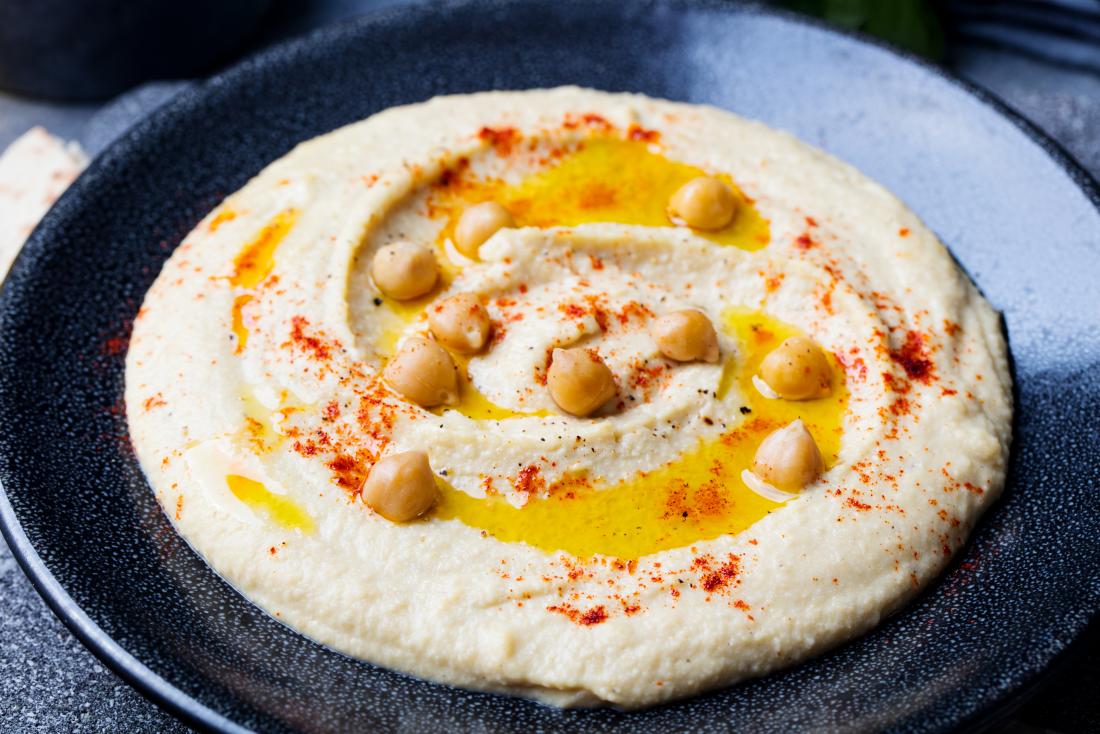While gluten is not harmful, many foods that contain gluten can raise a person’s blood sugar levels. In addition, there are links between type 1 diabetes and celiac disease, which is a severe gluten intolerance.
If a person feels that their diet is affecting their health, they can try cutting out gluten, or speaking to a doctor to identify possible food intolerances or allergies.
In this article, we review the evidence for the benefits of a gluten free diet on diabetes management. We also discuss the link between diabetes and celiac disease.
Gluten and diabetes

Gluten is typically safe for people with diabetes, but many foods that contain gluten also contain sugars and carbohydrates.
The link between gluten and diabetes differs according to the type of diabetes:
- Type 1 diabetes has links to celiac disease because they are both autoimmune conditions. People with diabetes and celiac disease should avoid gluten.
- Type 2 diabetes is not an autoimmune condition and has no links with celiac disease.
While gluten itself is typically safe for people with diabetes, many foods that contain gluten, such as white bread and biscuits, also contain sugars and carbohydrates. These types of food can have a significant impact on blood sugar levels, so people with diabetes should limit how much they consume.
It is also important to note that gluten free foods contain carbohydrates and calories. These foods can still impact blood glucose and cause weight gain, so people should still monitor their intake.
Gluten is a protein found naturally in some wheat, barley, and rye products. Common foods that contain gluten include:
- cereals
- crackers
- bread
- beer
- pasta
- cakes and pastries
Type 1 diabetes and gluten
Both type 1 diabetes and celiac disease are autoimmune conditions. People with celiac disease are at an increased risk of other immune diseases, including type 1 diabetes.
Researchers estimate that up to 19.7% of people with type 1 diabetes also have celiac disease.
Having celiac disease can make diabetes symptoms more difficult to manage. This is because eating gluten causes inflammation in the gut lining, which affects how the gut absorbs food.
If a person has celiac disease or a nonceliac gluten sensitivity, they should avoid foods that contain gluten. This applies to people with and without diabetes. People with celiac disease must check all foods and medications for gluten, because some contain hidden gluten, for example, as a stabilizer.
Scientists are still debating how eating gluten affects people with type 1 diabetes who do not have celiac disease.
The possible link between type 1 diabetes and celiac disease has opened up the discussion among researchers about the effects of a gluten free diet on how diabetes affects the body:
- Some research suggests that people with both celiac disease and diabetes have lower cholesterol levels, lower glycated hemoglobin values, and lower rates of eye and kidney diseases. Other studies seem to contradict these findings.
- A group of researchers noticed that people with diabetes and celiac disease who were following a gluten free diet had lower blood pressure compared with people living with only diabetes.
Children and infants
Doctors usually diagnose type 1 diabetes in children before the signs and symptoms of celiac disease start. Fewer than 10% of children with type 1 diabetes will experience typical celiac disease symptoms.
Doctors will test children with type 1 diabetes for celiac disease once or twice a year.
One small study suggests that a gluten free diet could benefit children with type 1 diabetes. In one study, children who followed a gluten free diet for 12 months after receiving a diagnosis of type 1 diabetes saw improvements in glycated hemoglobin, or hemoglobin A1c levels, which are measures of diabetes control. However, researchers need to do more studies to confirm this.
In another study, infants who consumed gluten before 3 months or after 6 months of age had an increased incidence of type 1 diabetes.
Pregnancy
According to a review study, following a gluten free diet during pregnancy could help prevent type 1 diabetes in the baby. Other studies have shown no association between the mother’s diet and the risk of type 1 diabetes in their children. Scientists need to carry out further research.
Type 2 diabetes and gluten
Studies have not yet shown evidence that a gluten free diet is beneficial for preventing and managing type 2 diabetes.
Some researchers suggest that a gluten free diet reduces the risk of obesity and type 2 diabetes. However, there is little evidence, and more research is needed.
Doctors do not currently recommend that people with type 2 diabetes avoid gluten.
Gluten free foods for people with diabetes

Hummus is one of the foods a person on a gluten free diet can eat.
When a person with diabetes adopts a gluten free diet, they may find the choices limiting at first. However, there is a wide range of healthful foods suitable for both diabetes and gluten free diets.
Meal planning allows a person to meet their daily nutritional requirements while maintaining a healthful blood glucose levels. A registered dietitian can help people living with diabetes and celiac disease choose the most appropriate and nutritious foods.
The carbohydrate and fat content in gluten free food may be higher than foods that contain gluten, and the fiber content may be lower. Because of this, people should aim to include nutritious high fiber, gluten free foods in their diet. The gluten free diet can also result in deficiencies of calcium, vitamin D, B vitamins, iron, and other trace minerals.
The Celiac Disease Foundation put together a Diabetes Meal Plan to help people with both diabetes and celiac disease plan tasty, nutritious meals.
Examples of gluten free food and drink that are appropriate for people with diabetes and celiac disease include:
- 1% fat milk, cheeses, Greek yogurt, and fortified soy milk
- eggs, chicken, fish, beef, and pork
- nuts, olive oil, and avocado
- carrots, green beans, cucumbers, squash, broccoli, cauliflower, asparagus, mushrooms, onions, peppers, spinach, cabbage, greens, and tomatoes
- hummus, peanut butter, beans, and legumes
- gluten free grains, including buckwheat, quinoa, millet, sorghum, and teff
- unsweetened whole fruits
- beverages that are zero sugar, zero calories, and sweetened with low or no calorie sugar substitutes
Summary
Many people believe that eating or avoiding gluten can have significant effects on many areas of health. In addition, manufacturers of gluten free products advertise their possible health benefits as a key marketing strategy.
Gluten free products are much more expensive and may stress the food budget. If eating gluten free is not medically necessary, eating a healthful, balanced diet to help control diabetes should be affordable.
Researchers have conducted many studies on the effects of following a gluten free diet on diabetes control. So far, the results of these studies are conflicting. Doctors do not have enough evidence to recommend a gluten free diet for all people living with diabetes. In fact, following a gluten free diet can cause weight gain, which can worsen diabetes control.
Doctors will test people living with type 1 diabetes for celiac disease because of possible links between the two conditions. People with type 1 diabetes may present different symptoms of celiac disease than people who do not have diabetes.
People who are living with celiac disease or nonceliac gluten sensitivities and diabetes must avoid gluten. Registered dietitians can help people with diabetes and celiac disease or nonceliac gluten sensitivities create healthful meal plans.
